
Send your inquiry: sales@cncdsteel.com

Send your inquiry: sales@cncdsteel.com
Surface FinishProduct introduction304L is a versatile stainless steel, which is widely used in the manufacture of equipment and parts requiring a good combination of properties (corrosion resistance and formability).Properties and uses of stainless steelAs 304 steel with low C, its corrosion resistance is similar to 304 steel under general conditions, but it has excellent resistance to grain boundary corrosion after welding or stress. Can also maintain good corrosion resistanc…
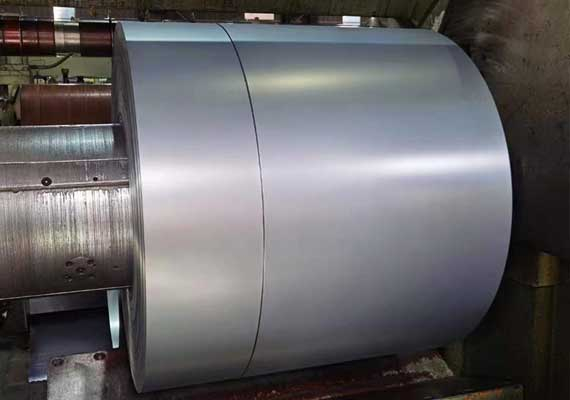
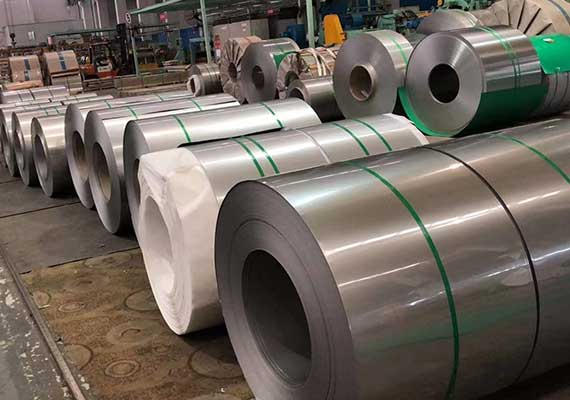
Stainless Steel Coil
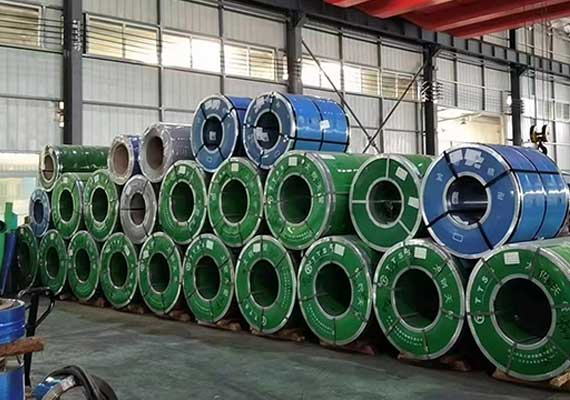
Stainless Steel Coil
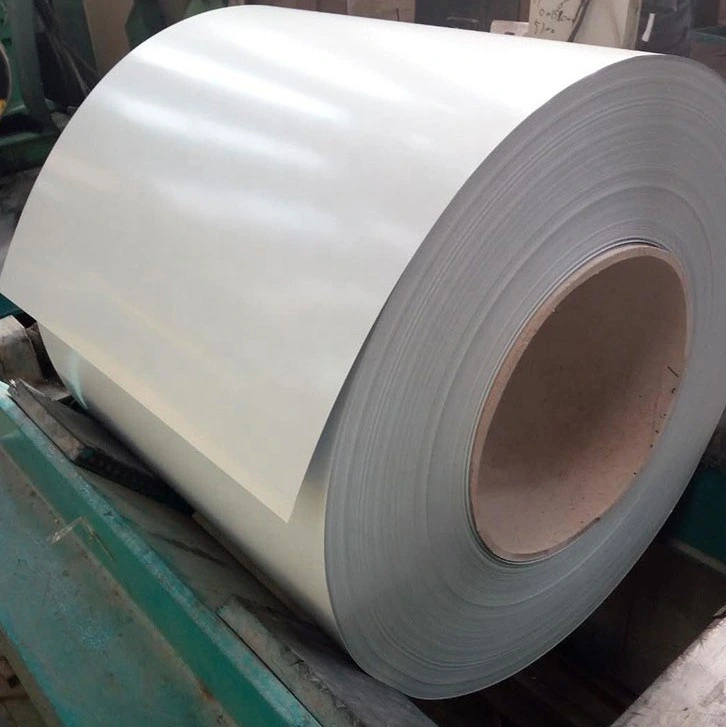
Stainless Steel Coil
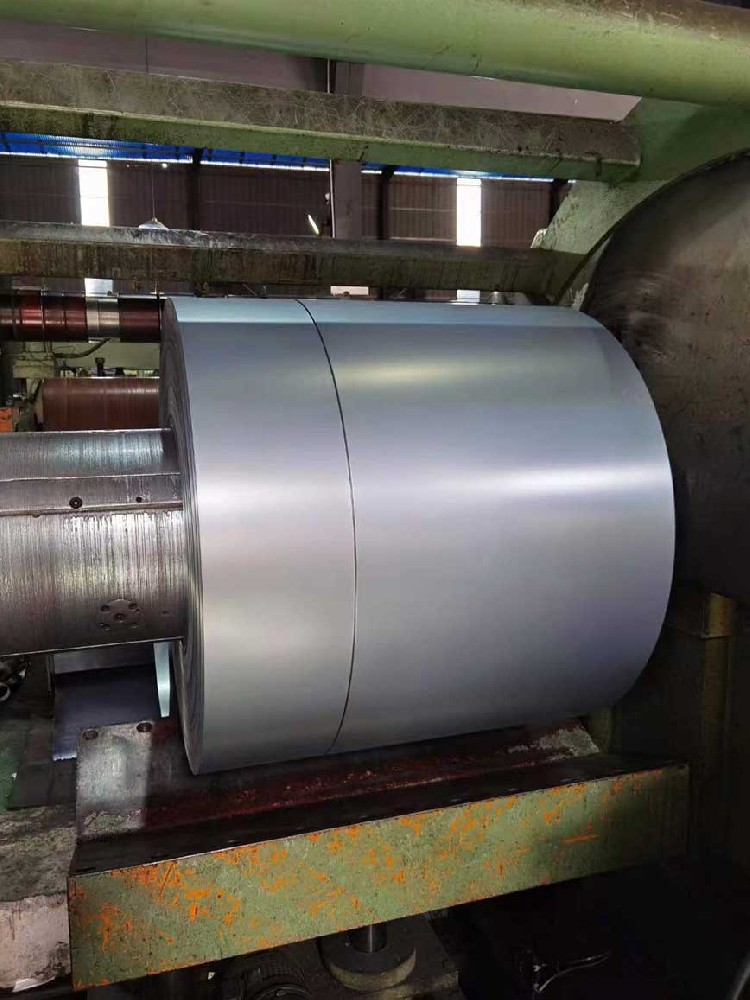
Surface Finish

Product introduction
304L is a versatile stainless steel, which is widely used in the manufacture of equipment and parts requiring a good combination of properties (corrosion resistance and formability).
Properties and uses of stainless steel
As 304 steel with low C, its corrosion resistance is similar to 304 steel under general conditions, but it has excellent resistance to grain boundary corrosion after welding or stress. Can also maintain good corrosion resistance without heat treatment, generally under 400 use (non-magnetic, use temperature -196 degrees Celsius to 800 degrees Celsius)
It is used in chemical, coal and petroleum industries with high requirements of grain boundary corrosion resistance, inside and outside open-pit machines, building materials, heat-resistant parts and parts with difficulty in heat treatment.
The development of 304L stainless steel, has made 304L stainless steel corrosion resistance, appearance, processability, strength and other characteristics far more than other materials, and many surface treatment of stainless steel, can obtain colorful colors and shapes, which makes a great contribution to the development of stainless steel.
304L stainless steel mirror panel
304L stainless steel mirror panel
304L stainless steel manufacturing process of surface treatment and mechanical grinding surface treatment
Surface feature manufacturing method summary use
**** Silver-white, matte surface hot rolled to specified thickness, annealed and descaled a rough, matte surface for use without surface gloss
NO.2D Silver cold rolling after heat treatment and pickling, sometimes in the wool face roller for a final light rolling of a matt surface processing 2D products for the surface requirements are not strict use, general materials, deep drawing materials
NO.2B luster is stronger than NO.2D NO.2D treatment, through the polishing roller for a final light cold rolling, to achieve appropriate luster. This is the most common surface finish and can also be used as the first step in polishing. The general material
BA is as bright as a mirror without standard, but is usually bright annealing surface processing, surface reflectivity is very high. Building materials, kitchen utensils
No.3 Rough grinding Will be NO.2D and NO.2B, with 100~200# (unit) grain grinding belt, grinding building materials, kitchen utensils
NO.4 Intermediate Grinding A polished surface obtained by grinding Materials NO.2D and NO.2B with a 150~180# abrasive belt. This is a general, mirror-reflected, bright surface with visible 'grains'
NO.2D and NO.2B materials, grind kitchen utensils with a 240# grain grinding belt
NO.2D and NO.2B were ground with a 320# strop belt
NO.400 luster is close to BA NO.2B material, with 400# polishing wheel grinding general materials, building materials, kitchen utensils
HL hair grain grinding suitable particle size abrasive material hair grain grinding (150~240#) its grains are many buildings, building materials
No.7 is close to mirror grinding with 600# rotary polishing wheel for grinding art, decoration
NO.8 Mirror grinding mirror grinding mirror with polishing wheel, for decoration
301 stainless steel shows obvious work hardening during deformation, which is used in various occasions requiring high strength.
302 stainless steel is essentially a variant of 304 stainless steel with higher carbon content, which can be obtained by cold rolling with higher strength.
302B is a kind of stainless steel with high silicon content, which has high oxidation resistance at high temperature.
303 and 303Se are free cutting stainless steels containing sulfur and selenium, respectively, for applications where free cutting and high surface finish are the main requirements. 303Se stainless steel is also used for machine parts that require hot upsetting because of its good thermal workability under such conditions.
304L is a variant of 304 stainless steel with lower carbon content and is used for welding applications. The lower carbon content minimizes carbides precipitation in the heat-affected zone near the weld, which can lead to intergranular corrosion (welding erosion) in stainless steel in some environments.
304N is a stainless steel containing nitrogen, nitrogen is added to improve the strength of steel.
305 and 384 stainless steel contain high nickel, its work hardening rate is low, suitable for a variety of cold molding requirements.
308 stainless steel is used for welding rod.
309, 310, 314 and 330 stainless steel nickel, chromium content is relatively high, in order to improve the oxidation resistance and creep strength of steel at high temperature. While 30S5 and 310S are variants of 309 and 310 stainless steel, the difference is only lower carbon content, in order to reduce the precipitation of carbide near the weld. 330 stainless steel has exceptionally high carburizing resistance and thermal shock resistance.
Type 316 and 317 stainless steels contain molybdenum and are therefore much more resistant to pitting corrosion than 304 stainless steels in Marine and chemical industry environments. Among them, type 316 stainless steel consists of varieties including low-carbon stainless steel 316L, nitrogenous high strength stainless steel.
316N and free cutting stainless steel 316F with high sulfur content.
321, 347 and 348 are stainless steels stabilized by titanium, niobium plus tantalum, niobium respectively, suitable for high temperature welding members. 348 is a stainless steel suitable for the nuclear power industry, with a certain limit on the amount of tantalum and drill.
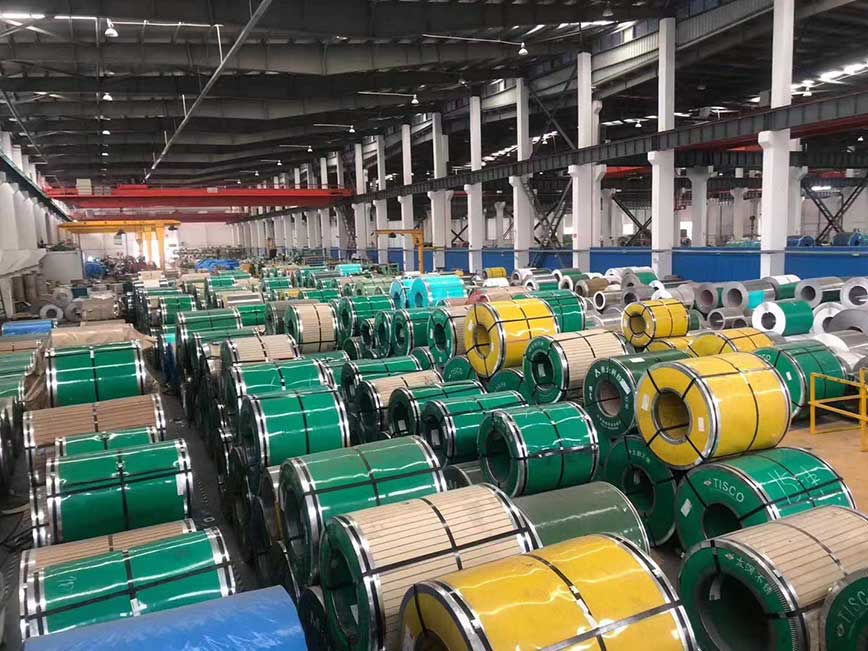
Q:Can you send samples?
A:Of course, we can send samples to all parts of the world, our samples are free, but customers need to bear the courier costs.
Q:What product information do I need to provide?
A:You need to provide the grade, width, thickness, coating and the number of tons you need to purchase.
Q:What are the shipping ports?
A:Under normal circumstances, we ship from Shanghai, Tianjin, Qingdao, Ningbo ports, you can choose other ports according to your needs.
Q:About product prices?
A:Prices vary from period to period due to cyclical changes in the price of raw materials.
Q:What are the certifications for your products?
A:We have ISO 9001, SGS, EWC and other certifications.
Q:How long does your delivery time take?
A:In general, our delivery time is within 30-45 days, and may be delayed if the demand is extremely large or special circumstances occur.
Q:Can I go to your factory to visit?
A:Of course, we welcome customers from all over the world to visit our factory. However, some of the plants are not open to the public.
Q:Does the product have quality inspection before loading?
A:Of course, all our products are strictly tested for quality before packaging, and unqualified products will be destroyed.
Q:How to pack the products?
A:The inner layer has a waterproof paper outer layer with iron packaging and is fixed with a fumigation wooden pallet. It can effectively protect products from corrosion during ocean transportation.
Q:What is your working time?
A:In general, our online service time is Beijing time: 8:00-22:00, after 22:00, we will reply to your inquiry during the next
working day.
Surface | Characteristic | Processing Technology | N0.1 | Original | Pickled after hot rolling | 2D | Blunt | Hot rolling + annealing shot peening pickling + cold rolling + annealing pickling | 2B | Blurred | Hot rolling + annealing shot peening pickling + cold rolling + annealing pickling + tempering rolling | N0.3 | Matte | Polishing and tempering rolling with 100-120 mesh abrasive materials | N0.4 | Matte | Polishing and tempering rolling with 150-180 mesh abrasive material | NO.240 | Matte | Polishing and tempering rolling with 240 mesh abrasive materials | NO.320 | Matte | Polishing and tempering rolling with 320 mesh abrasive materials | NO.400 | Matte | Polishing and tempering rolling with 400 mesh abrasive materials | HL | Brushed | Grind the surface of the steel belt with an appropriate grinding grain size to make it show a certain longitudinal texture | BA | Bright | The surface is annealed and shows high reflectivity | 6K | Mirror | Rough grinding and polishing | 8K | Mirror | Fine grinding and polishing |
Products are widely used in construction, machinery, coal mining, chemical industry, electric power, railway vehicles, automobile industry, highways, bridges, containers, sports facilities, agricultural machinery, petroleum machinery, prospecting machinery, greenhouse construction and other manufacturing industries
The corrosion resistance of stainless steel coils decreases as the carbon content increases. Therefore, the carbon content of most stainless steels is low, up to 1.2%, and some steels have a low ωC (carbon content) of even less than 0.03% (such as 00Cr12). The main alloying element in stainless steel coil is Cr (chromium). Only when the Cr content reaches a certain value, the steel has corrosion resistance. Therefore, the goods Cr (chromium) content of at least 10.5%. Stainless steel coil also contains Ni, Ti, Mn, N, Nb, Mo, Si, Cu and other elements.
Most of the requirements for use are to maintain the original appearance of the building for a long time. In determining which type of goods to choose, the main considerations are the required aesthetic standards, the corrosiveness of the local atmosphere and the cleaning system to be used. However, other applications are increasingly seeking structural integrity or impermeability. Examples include roofs and sidewalls of industrial buildings. In these applications, construction cost to the owner may be more important than aesthetics, and the surface may not be very clean. The use of 304 stainless steel coils in dry interior environments is quite effective.
Weldability. Different product uses have different requirements for weldability. A class of tableware generally does not require weldability, even including some cookware companies. However, most products require raw materials with good weldability, such as second-class tableware, insulation cups, steel pipes, water heaters, water dispensers, etc.
Corrosion resistance. Most stainless steel coil products require good corrosion resistance, such as Class I or Class II tableware, kitchen utensils, water heaters, water dispensers, etc.
Polishing performance. In today’s society, stainless steel coil products in the production process are generally polished, only a few products such as water heaters, drinking fountains, etc. do not need to be polished. Therefore, this requires raw materials with good polishing performance.
1. The need for pre-treatment
Pretreatment is an important treatment step before the surface of
stainless steel coil parts enter surface treatment (including pickling,
chemical polishing and electrochemical polishing, electroplating,
passivation, black coating, coloring, chemical treatment, etc.). During
the forming process of goods parts, the surface may adhere to oil
stains, burrs, rough surfaces and oxides. Therefore, before surface
treatment, oil stains, burrs, uneven surfaces and oxides must be removed
in order to obtain subsequent satisfactory results through processing.
2. Treatment of removed dirt
Stainless steel coil surface pretreatment in the need to remove the dirt
can be divided into two categories: organic and inorganic substances.
(1) organic dirt. Including mineral oil (such as diesel, oil, paraffin,
gypsum, etc.) and animal oil, vegetable oil (such as soybean oil,
camellia oil, rapeseed oil, lard, butter, etc.). These oils are mainly
from the stainless steel coil zero cattle processing process used in the
lubricant. , cutting oil, quenching oil, polishing paste and polishing
paste, and fingerprints.
(2) Inorganic dirt. Including dirt, dust particles, oxides and other
contaminants generated during the heat treatment process.
3. Pretreatment steps for stainless steel coil parts
(1) The surface is mechanically leveled. Eliminate the roughness of the
stainless steel coil surface, through mechanical polishing and grinding
to achieve a surface finish.
(2) Degreasing. Remove the surface oil and dirt.
(3) Acid washing. Remove the oxides on the surface.
(4) Weak corrosion. Activates the surface to be treated, removes the
surface passivation film, and exposes the metal crystal structure.
Stainless steel is a high-alloy steel, with a large resistance to rolling deformation. In order to carry out high-efficiency and high-precision rolling, rigid rolling mills should be used, generally multi-roller cold rolling mill.
Special welding process is also a feature of cold-rolled stainless steel coil production.
In the production process of cold rolled stainless steel coil, the raw material (hot rolled coil) should be annealed, intermediate annealing should be carried out in the cold rolling process, and the final product should be annealed, so annealing is an important part of the production.
Cold-rolled stainless steel is a high-grade steel products, there are strict requirements for surface quality. Not only are metallurgical defects caused by the previous process not allowed, but also obvious defects caused by the cold rolling process.
Send your inquiry / assessment to Us. Anything need us ,please don’t hesitate contact us here! we will keep it secret for you !

Send your inquiry / assessment to Us. Anything need us ,please don’t hesitate contact us here! we will keep it secret for you !
